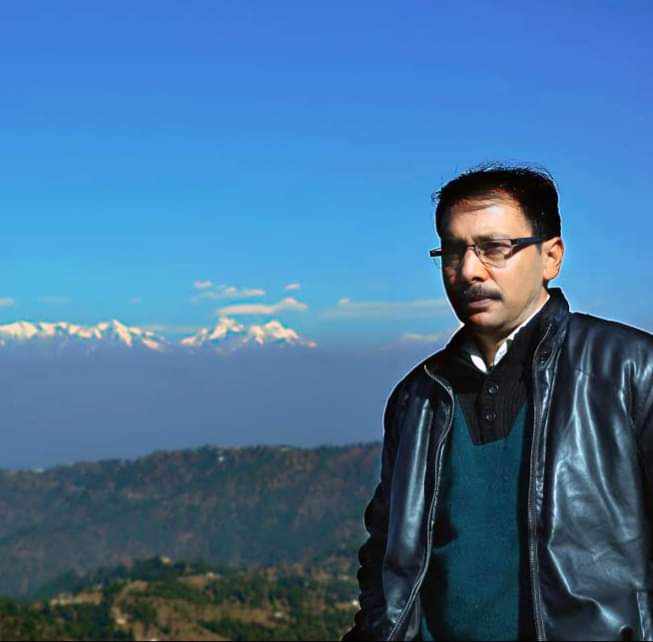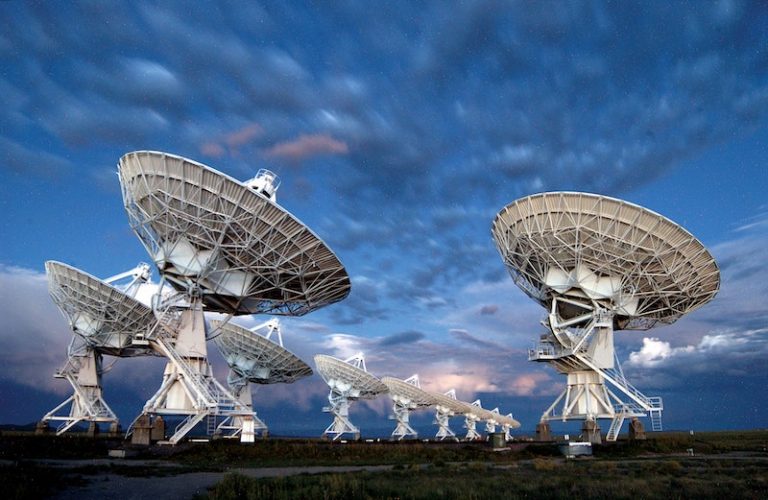Now the search for aliens will be renewed
Centuries have passed but the alien could not be detected. If there are aliens then it is correct, who can be possible that there are no other creatures present in such a big universe. Astronomers have often said this, but finding them has proved to be a difficult task. In search of them, scientists of Extraterrestrial Intelligence (SETI) have been struggling for years. But success has not yet been achieved. But now something new is going to happen, which may put an end to the search for aliens.
SETI started the campaign
This week the SETI Institute announced that the world’s most powerful radio telescope is on the hunt for aliens. The Very Large Array or VLA is the name of this telescope. This radio telescope will search for aliens from the plains of San Augustin. SETI scientists believe that this telescope can give good results. If there is an intelligent creature like us in the universe, it would surely come under the grip of this telescope. This telescope will help astronomers search for extraterrestrial radio signals, if any exist in the universe.
the very large array
The Very Large Array is a massive collection of 27 radio telescopes covering 23 square miles in New Mexico. It has been actively surveying 80% of the sky since 2017. That project is called the Very Large Array Sky Survey, or VLASS. But now COSMIC will help narrow the focus of that search, sending a copy of the data with very narrow (one hertz wide) channels to a special receiver. Why use such narrow channels? Generally speaking, this is because scientists say that any real artificial signal will typically be narrow-band rather than the wide-band found in nature.
Radio astronomy observatory also engaged in search of alien
The SETI Institute is leading the new project in collaboration with the National Radio Astronomy Observatory (NRAO) and the Pivotal Listening Initiative. SETI is using a new processing system called the Very Large Array Commons open-source Multimode Interferometer Cluster (COSMIC) for the new study. cOSMIC operates normally, meaning it operates in the background, using a copy of the data astronomers are taking for other scientific purposes. This is an ideal and very efficient way to get large amounts of telescope time to search for rare signals.Until now, scientists have used the Very Large Array for several types of radio astronomy, said Andrew Simone, Bernard M. Oliver Chair of SETI. But this is the first time they will use it to continuously look for technological signatures such as artificial radio signals. Andrew Simeone, Bernard M. Oliver Chair of SETI at the SETI Institute, said:The VLA is a well-known tool to radio astronomers, but this is the first time we are using it in a comprehensive and sustained search for technical signatures.
Source: SETI.
Photo: Hey.

Journalist Space science.
Working with India’s leading news paper.
और अधिक जानें

